If you’re one of the many people in the USA suffering from plantar fasciitis, you know how debilitating foot pain can be. Traditional footwear often exacerbates the problem, leading many to explore alternative solutions, including barefoot shoes. In this comprehensive guide, we’ll delve into the benefits of barefoot shoes for plantar fasciitis, provide expert insights, and compare various options available in the market today.
Understanding Plantar Fasciitis
Plantar fasciitis is a common condition that causes heel pain, affecting millions of Americans. It occurs when the plantar fascia, a thick band of tissue connecting your heel bone to your toes, becomes inflamed. Factors contributing to this condition include:
- Overuse: Activities that put stress on your heel and the attached tissue, such as running or standing for extended periods.
- Foot Mechanics: Flat feet or high arches can affect gait and lead to strain on the fascia.
- Obesity: Increased body weight adds pressure to the plantar fascia.
- Improper Footwear: Shoes lacking support can worsen the condition.
What Are Barefoot Shoes?
Barefoot shoes, also known as minimalist shoes, are designed to mimic the feeling of walking barefoot while providing some protection to the feet. They typically feature:
- Thin soles: Allowing for better ground feel and flexibility.
- Wide toe boxes: Enabling the toes to splay naturally.
- Lightweight construction: Reducing the overall foot fatigue.
Benefits of Barefoot Shoes for Plantar Fasciitis
Barefoot shoes can provide several benefits for those suffering from plantar fasciitis:
- Improved Foot Mechanics: By promoting a more natural gait, barefoot shoes can help alleviate stress on the plantar fascia.
- Strengthening Muscles: Wearing minimalist footwear can strengthen foot and ankle muscles leading to better support for the arch.
- Enhanced Sensory Feedback: The thin sole allows for better proprioception, which can aid in balance and stability.
Choosing the Right Barefoot Shoes for Plantar Fasciitis
When looking for barefoot shoes to help with plantar fasciitis, consider the following factors:
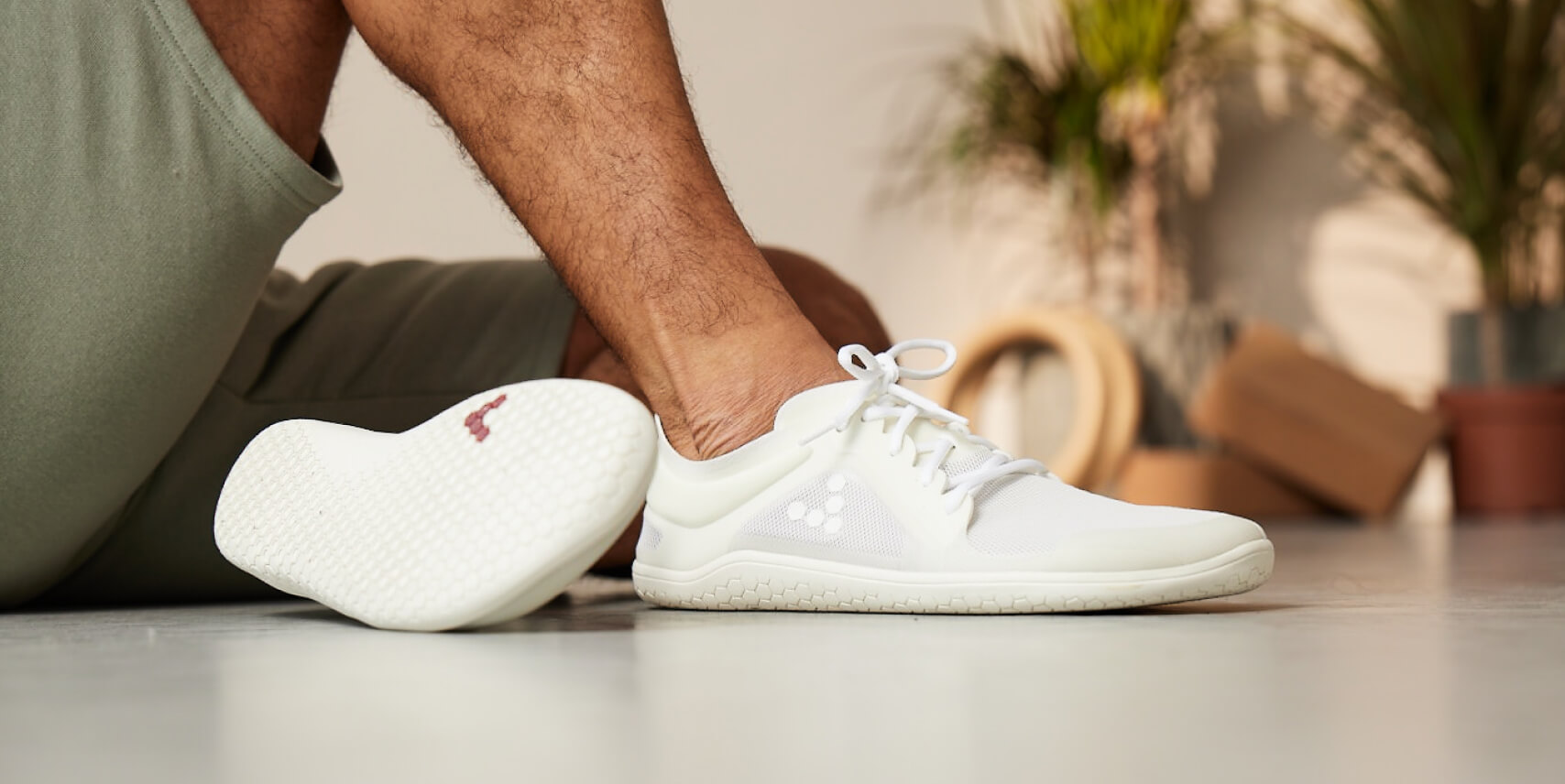
1. Arch Support
While barefoot shoes are designed to let your feet move naturally, some individuals with plantar fasciitis may require additional arch support. Look for options that offer removable insoles to customize the fit.
2. Cushioning
Minimal cushioning is a hallmark of barefoot shoes, but some individuals may prefer a bit more padding during the transition period. Consider hybrid options that blend barefoot design with moderate cushioning.
3. Fit and Comfort
A proper fit is crucial. Ensure the shoes allow enough room for your toes to spread out. Tight shoes can worsen plantar fasciitis symptoms.
Top Barefoot Shoe Brands for Plantar Fasciitis
Here are some of the top brands that provide barefoot shoes suitable for those suffering from plantar fasciitis:
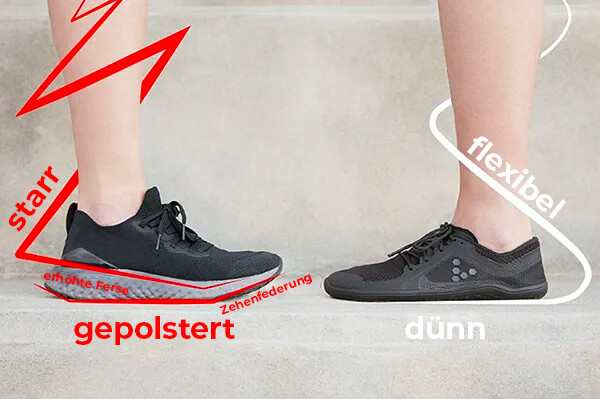
| Brand | Model | Key Features | Price Range |
|---|---|---|---|
| Vivobarefoot | Primus Lite III | Eco-friendly materials, flexible sole, wide toe box | $130-$150 |
| Merrell | Vapor Glove 5 | Minimalist design, excellent grip, breathable | $100-$120 |
| New Balance | Minimus 10v1 | Lightweight, good traction, and durability | $99-$120 |
| Xero Shoes | Prio | Versatile design, great ground feel, and adjustable fit | $99-$130 |
Pros and Cons of Wearing Barefoot Shoes
To help you make an informed decision, here are the pros and cons of using barefoot shoes for plantar fasciitis:
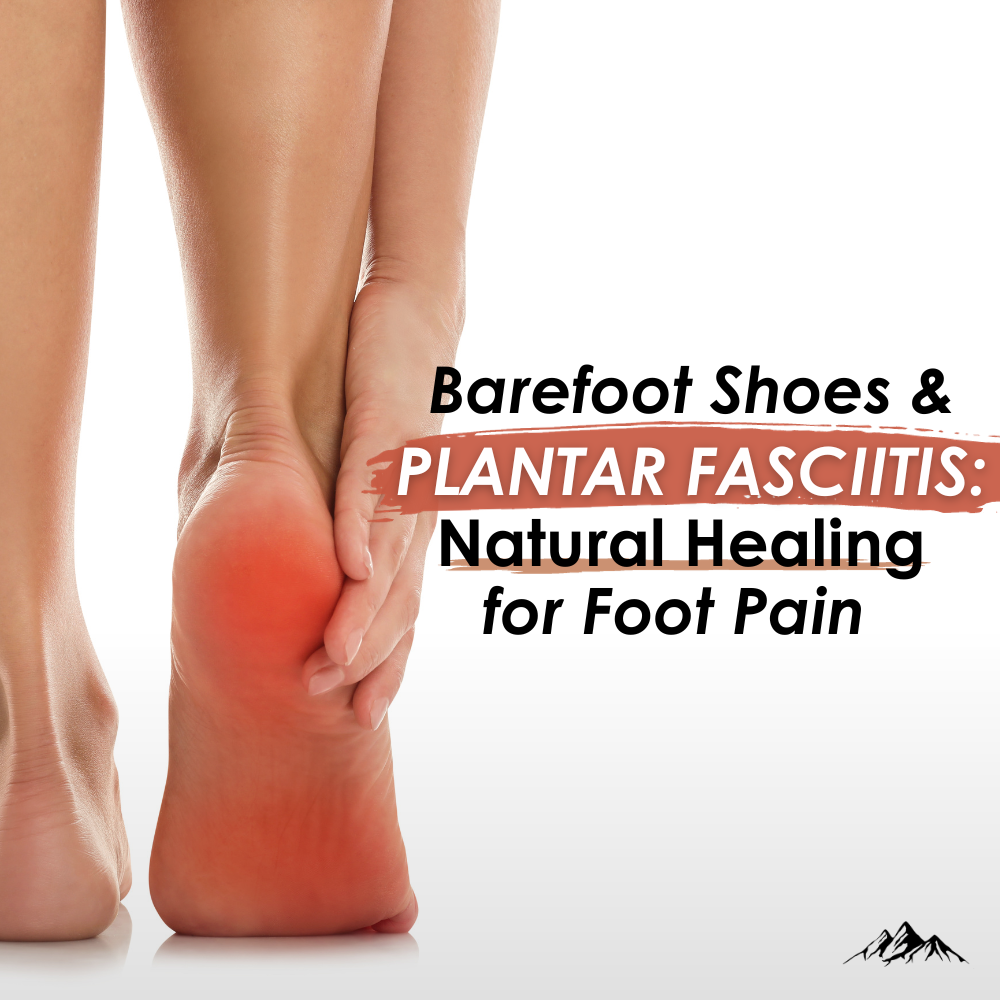
Pros
- Encourages natural foot movement
- Strengthens foot muscles
- Improves balance and stability
- Promotes better posture
Cons
- Adjustment period may be required
- Not suitable for all foot types
- Lack of cushioning can be uncomfortable for some
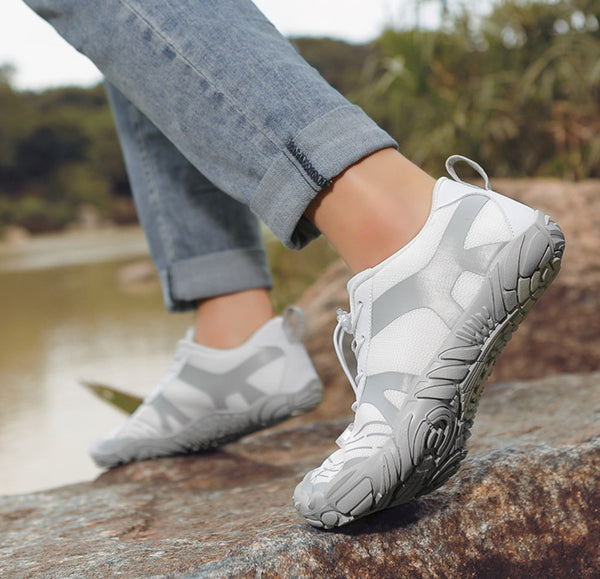
Transitioning to Barefoot Shoes
Transitioning to barefoot shoes should be done gradually to avoid overloading your foot muscles. Here are some useful tips:
1. Start Slow
Begin with wearing the shoes for short periods. Gradually increase the time as your feet adapt to the new footwear.
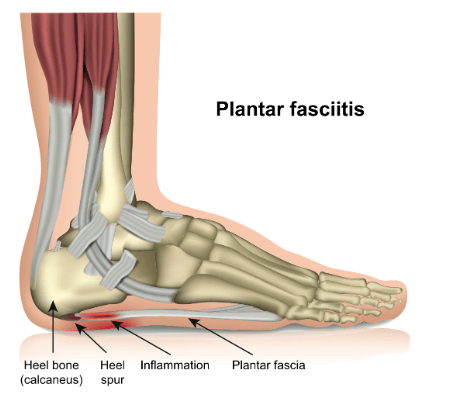
2. Combine with Foot Exercises
Incorporate stretching and strengthening exercises for your feet and calves. This can help ease the transition and alleviate plantar fasciitis symptoms.
3. Listen to Your Body
Pay attention to any discomfort. If you experience pain, scale back usage and consult a healthcare professional.
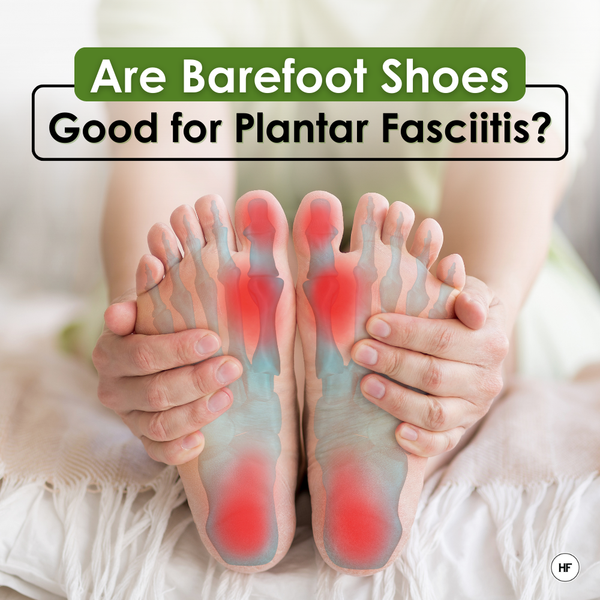
Expert Recommendations for Plantar Fasciitis Management
In addition to choosing the right footwear, here are some expert recommendations for managing plantar fasciitis:
1. Stretching and Strengthening Exercises
Engaging in a regular regimen of foot, calf, and hamstring stretches can significantly help alleviate symptoms. Consider exercises like toe stretches and calf raises.

2. Use Orthotics if Necessary
Consult a podiatrist for personalized orthotic inserts should you require extra support while wearing barefoot shoes.
3. Explore Physical Therapy
Working with a physical therapist can help strengthen your foot and ankle muscles and improve mobility.
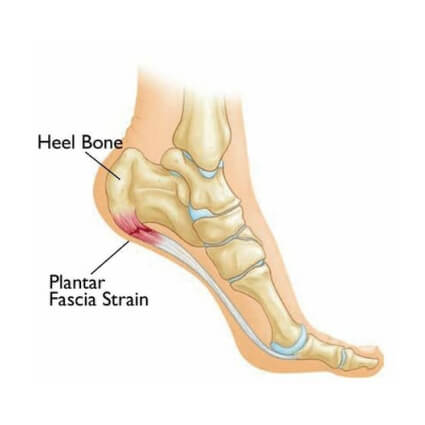
Frequently Asked Questions (FAQs)
1. Can barefoot shoes worsen plantar fasciitis?
While barefoot shoes can benefit many, they may exacerbate symptoms for others, especially if your foot mechanics are not suited for minimalist footwear. It’s essential to listen to your body and consult a professional if you have concerns.
2. What are the best exercises for plantar fasciitis?
Recommended exercises include calf stretches, toe stretches, and ankle mobility exercises. These can help alleviate tension on the plantar fascia and promote healing.
3. How long does it take to adjust to barefoot shoes?
Adjustment typically takes several weeks; however, the duration varies per individual based on their initial foot strength and previous footwear habits.
4. Are there specific barefoot shoes recommended for wide feet?
Yes! Brands like Xero Shoes and Vivobarefoot offer models with wide toe boxes designed for individuals with wider feet.
5. Can barefoot shoes help with other foot conditions?
Many find relief from various conditions such as flat feet, bunions, and general foot discomfort. However, it’s crucial to consult a healthcare professional for advice tailored to your needs.
Conclusion
Barefoot shoes can be a valuable tool for managing plantar fasciitis, offering potential benefits like improved foot mechanics and strengthened muscles. While they may not be suitable for everyone, a gradual transition, combined with proper exercises and expert advice, can lead to a healthier, pain-free lifestyle. Remember, making informed choices about your footwear is a crucial step in your journey to recovery.